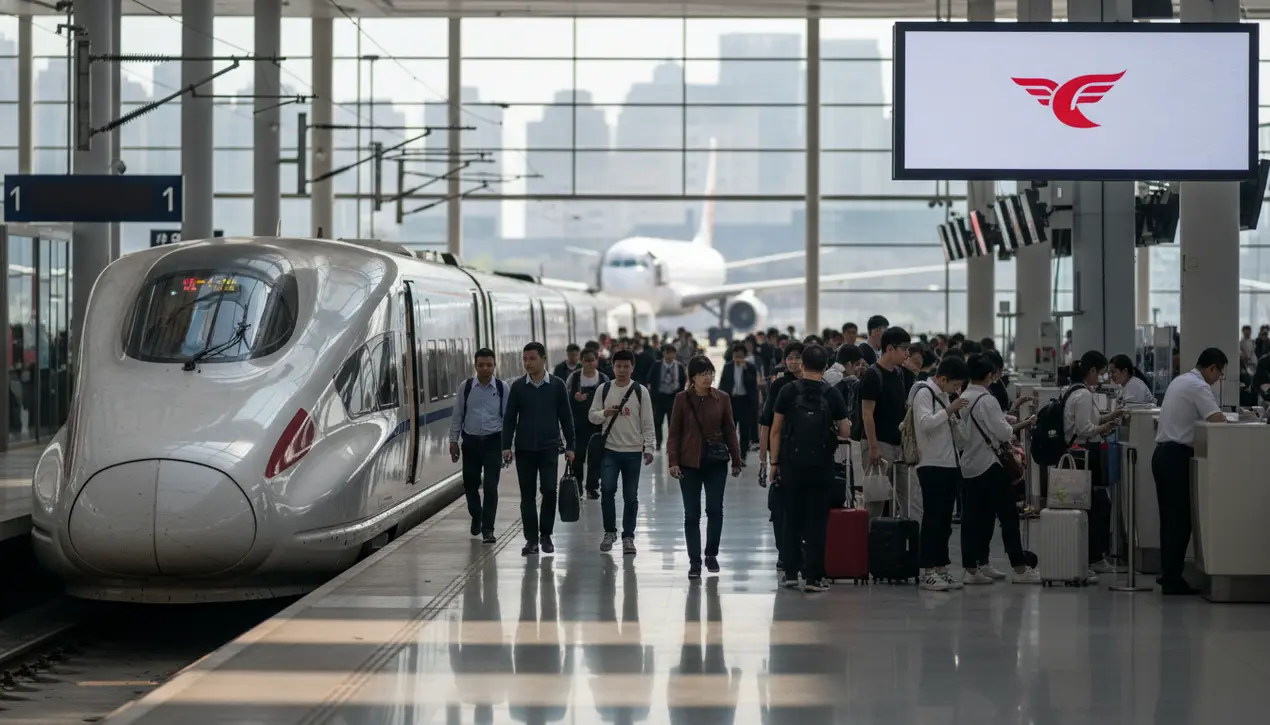
Financebanking
Chinese Airlines Struggle for Profits Amid Competition and Rail Rivalry
OL
Olivia Scott
3 hours ago7 min read
China’s aviation sector is navigating a complex and paradoxical financial landscape, one where surging passenger volumes starkly contrast with evaporating profit margins. According to a revealing industry report from Brazilian planemaker Embraer, while passenger numbers have impressively surged past pre-pandemic levels—aligning with the government’s ambitious target of 1.5 billion annual air travelers—the industry’s bottom line is being systematically squeezed by two powerful, converging forces: cutthroat internal competition and the relentless expansion of the world's most extensive high-speed rail network. On the primary domestic routes, the very arteries of China's air travel, carriers are engaged in a brutal fare war, slashing ticket prices to unsustainable levels in a desperate bid to fill seats, a strategy that boosts volume but catastrophically erodes yield.This is compounded by the formidable shadow cast by the state-of-the-art rail system, which for journeys under 800 kilometers offers a compelling alternative that is often more punctual, centrally located, and increasingly cost-competitive, siphoning off a critical mass of business and leisure travelers. From a macroeconomic perspective, this dynamic presents a fascinating case study in market saturation and infrastructure-driven disruption.The government's heavy investment in rail has successfully created a multi-modal transport ecosystem, but it has inadvertently cannibalized its own aviation industry's profitability. Analysts watching the sector note that airline balance sheets are now stretched thinner than ever, with carriers like Air China and China Eastern grappling with soaring operational costs, including volatile jet fuel prices and a weakened yuan, while simultaneously being unable to command premium fares.This profit paradox raises profound questions about the long-term viability of current business models and suggests a necessary industry consolidation may be on the horizon, where only the most efficient or state-supported carriers can endure. The situation echoes challenges faced in other developed transport markets but on a uniquely Chinese scale and speed, serving as a critical lesson for global investors about the unintended consequences of rapid, state-led infrastructure development. The coming quarters will be decisive, as airlines are forced to innovate with premium services on long-haul international routes or face a future where high volume no longer translates to financial health.
#Chinese airlines
#profitability
#competition
#high-speed rail
#aviation industry
#featured
Stay Informed. Act Smarter.
Get weekly highlights, major headlines, and expert insights — then put your knowledge to work in our live prediction markets.
Related News
Comments
Loading comments...
© 2025 Outpoll Service LTD. All rights reserved.